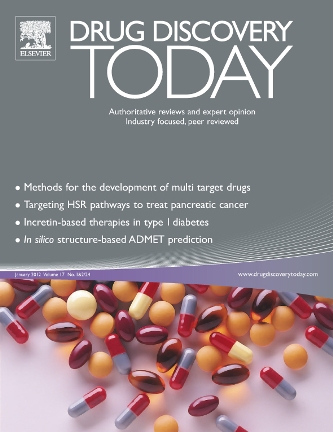人员分析与组织心理学:在制药行业建立高效创新的文化。
IF 7.5
2区 医学
Q1 PHARMACOLOGY & PHARMACY
引用次数: 0
摘要
制药和生物技术组织通过一系列相互依赖的阶段门来推进治疗,在这些阶段门中,延迟、返工和知识中断会产生巨大的经济和患者后果。在这里,我们认为应该将人员策略视为明确的管道风险控制。我们引入了人员分析+工业-研发组织心理学(PA - IOP - R&D)框架,该框架将人员分析与组织心理学融合在一起,以减少可避免的返工,保护达到里程碑的时间,并保留隐性专业知识。该框架以心理安全(在高不确定性的研发中实现学习、发声和错误报告)和工作需求-资源(JD-R)模型为中心(校准缓冲高需求和维持敬业度的资源);感知到的组织支持提供了互惠机制,保留了稀缺的职业后期知识。我们编纂了治理护栏(目的限制、透明度、访问控制和偏见/公平审查),以防止分析的危害,否则会使声音变冷。我们将领先指标(如网络瓶颈、需求-资源失衡和安全气候)转化为经过测试的干预措施和阶段门对准的指标,并指定准实验评估来区分信号和噪声。今天的科学和行政读者,PTCIF保留了论文的原始数据,增加了操作表,并通过澄清相对于现有人才和分析模型的贡献来加强严谨性;将机制与药物特定失效模式联系起来;将治理作为可持续创新的首要要求。本文章由计算机程序翻译,如有差异,请以英文原文为准。
People analytics and organizational psychology: building a high-performance, innovative culture in the pharmaceutical industry
Pharmaceutical and biotech organizations advance therapies through a sequence of interdependent stage-gates in which delays, rework, and knowledge discontinuities have outsized economic and patient consequences. Here, we argue that people strategy should be treated as an explicit pipeline–risk control. We introduce the People Analytics + Industrial-Organizational Psychology for R&D, (PA‑IOP‑R&D) framework, which fuses people analytics with organizational psychology to reduce avoidable rework, protect time-to-milestone, and preserve tacit expertise. The framework centers psychological safety (to enable learning, voice, and error reporting in high-uncertainty R&D) and the job demands–resources (JD-R) model (to calibrate resources that buffer high demands and sustain engagement); perceived organizational support provides the reciprocity mechanism that retains scarce late-career know-how. We codify governance guardrails (purpose limitation, transparency, access control, and bias/fairness review) to prevent analytic harms that would otherwise chill voice. We translate leading indicators (e.g., network bottlenecks, demand–resource imbalance, and safety climate) into tested interventions and stage gate-aligned metrics, and specify quasi-experimental evaluation to distinguish signal from noise.
求助全文
通过发布文献求助,成功后即可免费获取论文全文。
去求助
来源期刊

Drug Discovery Today
医学-药学
CiteScore
14.80
自引率
2.70%
发文量
293
审稿时长
6 months
期刊介绍:
Drug Discovery Today delivers informed and highly current reviews for the discovery community. The magazine addresses not only the rapid scientific developments in drug discovery associated technologies but also the management, commercial and regulatory issues that increasingly play a part in how R&D is planned, structured and executed.
Features include comment by international experts, news and analysis of important developments, reviews of key scientific and strategic issues, overviews of recent progress in specific therapeutic areas and conference reports.
 求助内容:
求助内容: 应助结果提醒方式:
应助结果提醒方式:


